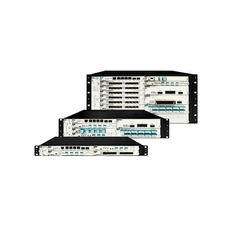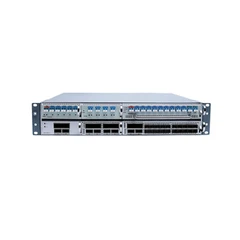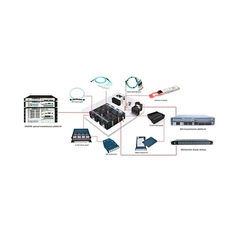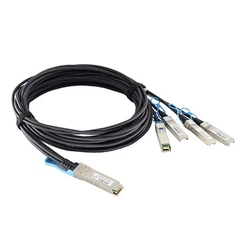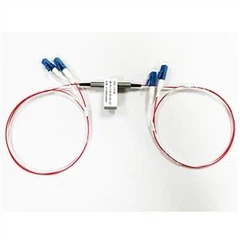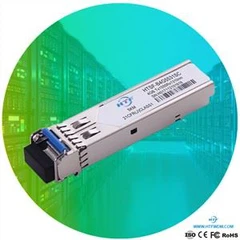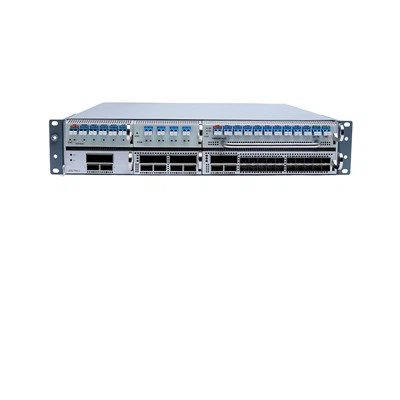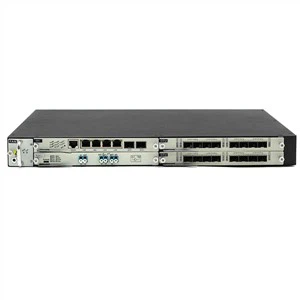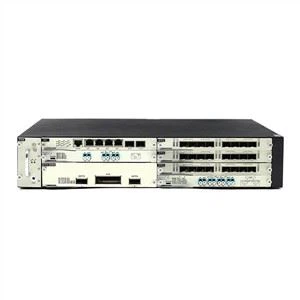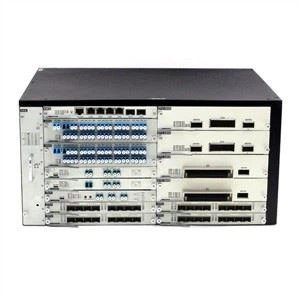PAM4 was not applied in 400G immediately. 400G IEEE 802.3bs, one of the earliest 200G/400G standards, standardized the interface of 400G SR16 using 25Gbps NRZ.
The early 400GBASE SR16 utilizes the mature 25Gb/s VSCEL based conventional NRZ modulation scheme to achieve a distance of up to 100m by increasing the parallelism from 4 optical channels for 100G to 16 optical channels for 400G. But, the application requires a large number of fibers so it's not an economically viable option.
Also, the 16 optical channels for parallel transmission distinctly require both large size and power consumption, not appropriate for the 400G Ethernet application in data centers. Therefore, 400G SR16 interfaces are not expected to deploy in the market.
Note: NRZ signaling uses two signal levels in which positive voltage defines bit 1 and the zero voltage defines bit 0. 1 bit signal is transmitted during a clock cycle.
Since the bandwidth of NRZ requires two times as PAM4 for the same data throughout and the data rate of 25Gbps per lane using NRZ signaling was already reaching its limit, when the 400GE IEEE 802.3bs standard was discussed, PAM4 technology was proposed to replace NRZ. The proposal was finally passed after analysis and certification. 400G LR8/FR8 standard becomes the first 400G PAM4 interface standard and then PAM4 modulation is widely applied in 400G transceivers.
Instead of using 16 25G baud rate NRZ for 400G Ethernet, PAM4 modulation provides a path from 100G Ethernet using 4×25G baud rate to 400G Ethernet via 8×25G baud rate architecture, which means 400G Ethernet links via 8×50G bit rate solution, both decreasing the cost of fibers and link loss.

